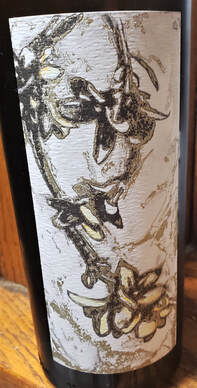
Day Wines' Malvasia Bianca is wine from an ancient grape with a new address. Malvasia is more a family of grapes than a single variety. The most common is this one, Malvasia Bianca, often found in Mediterranean countries. You can find out more HERE.
Greenery abounds on the nose here. It isn't grassy green but spring day in a wild field while biting into a crisp, green apple. When you get past the green (nose and taste) you may get ripe pear taste. I did anyway but it took me awhile to put a name to it. Later, I added tart apple meets ripe pair. Perhaps demonstrating not just deficiencies in my palate but my grasp of the English language.
There is hint of something bruised here but not oxidation. It isn't a light wine to me but it is still crisp with better acidity than I've found in some Malvasia's Ive had. This undergoes malolactic fermentation and spends time in a barrel. You can find out more HERE. The bottle I had is NOT the 2019 (2018 I believe).
I also felt relief when Id written my impressions, for right or wrong. I just wanted to have another glass. I think ultimately that is the point isn't it? Wanting another glass. It doesn't mean the details do not matter. I had this with black beans and rice Id made. I thought it wasn't going to work together. But, of course, it did.
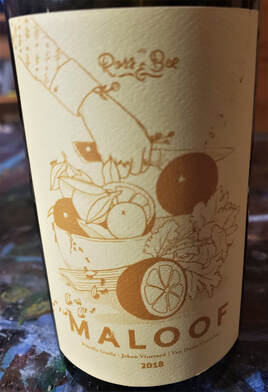
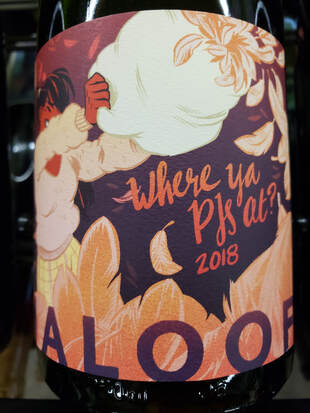
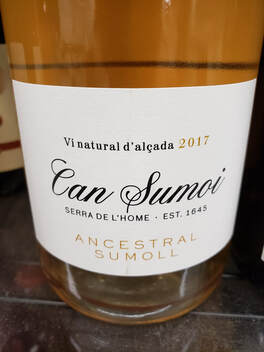

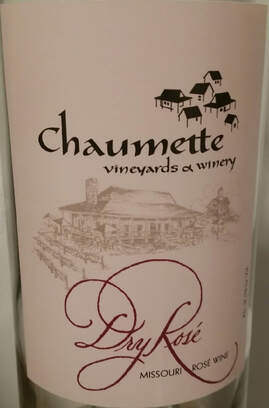
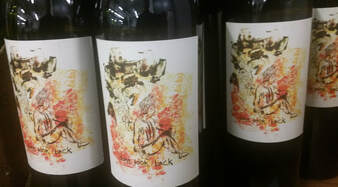
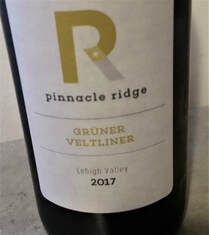
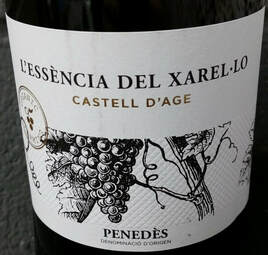

 RSS Feed
RSS Feed